In today’s smartphone application processor market, leading manufacturers MediaTek, Qualcomm, and Apple are in a three-way competition. Including the entry-level favorite UNISOC and the gradually declining Samsung Exynos, we can barely count five giants.
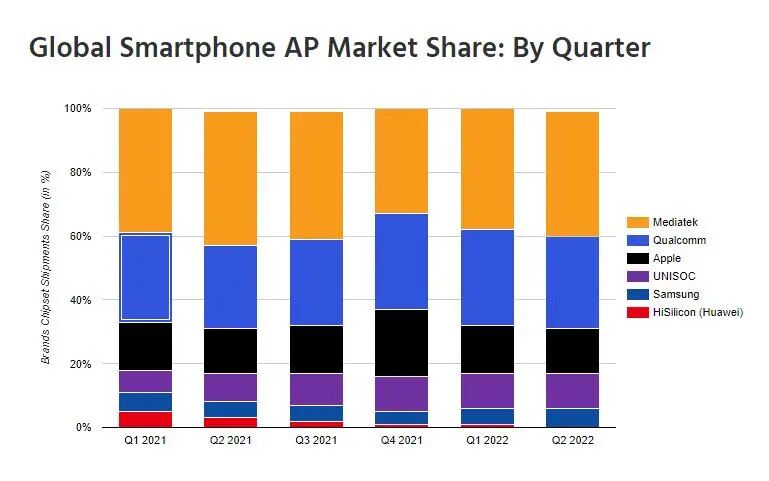
If it weren’t for some complex external factors, Huawei’s HiSilicon should have been a dominant player here. A few years back, there were still many established players making mobile processors, such as NVIDIA, Intel, and Texas Instruments. That was the heyday of smartphones.
During this period, another major company also ventured into self-developed chips, hoping to carve out a share from the big players, and that was LG.
At the end of 2014, LG launched its first-generation self-developed chip, the LG NUCLUN, based on TSMC’s 28nm process technology, utilizing the then-popular big.LITTLE architecture. The CPU featured an octa-core architecture, including four 1.5GHz Cortex-A15 big cores and four 1.2GHz Cortex-A7 small cores; the GPU was Imagination’s PowerVR G6430, the same as Apple’s A7 from the previous year.
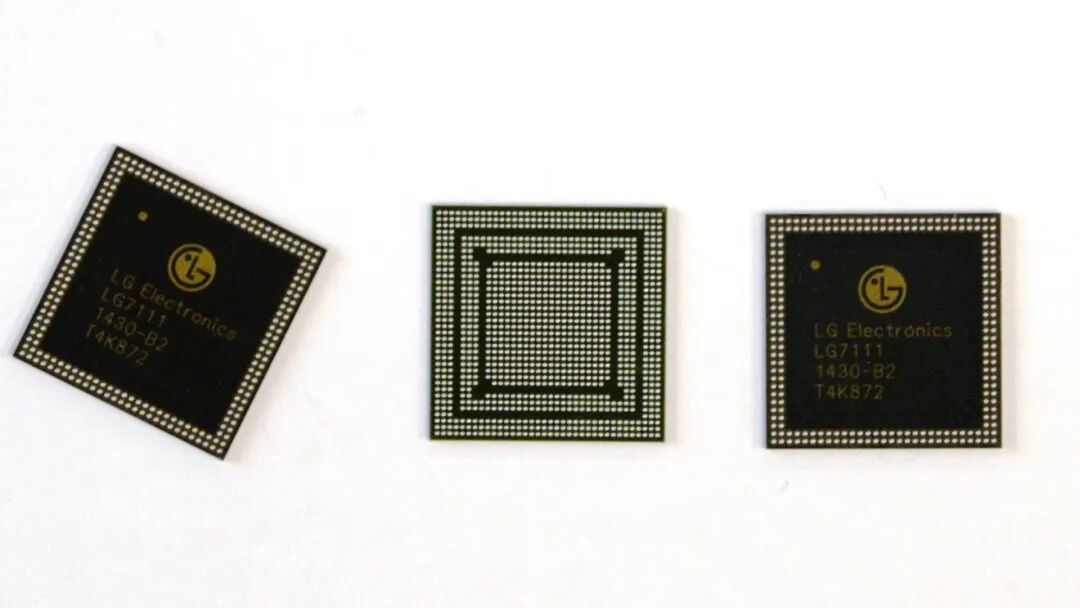
The paper specifications of the LG NUCLUN were quite close to Huawei’s Kirin at the time, comparable to Samsung’s Exynos 5410 from the previous year’s S4, making it a qualified mid-range to upper mid-range chip.
The LG NUCLUN debuted with the LG G3 Screen smartphone, which was a trial product sold only in the South Korean market, similar to Samsung’s strategy with its Exynos chips in recent years. The LG G3 Screen was overall similar to the LG G3, with a larger screen and some specifications downgraded.

LG’s mobile head Jong-seok Park was quite proud of their chip: “NUCLUN has opened a new chapter in LG’s history of innovation in the mobile industry. With this internal solution, we will be able to achieve better vertical integration and further diversify our product strategy to cope with more intense competition.”

While the vision was beautiful, the reality was harsh. The LG G3 Screen did not create much of a stir in the market and quickly faded away.
A year passed, and rumors about the second generation of LG NUCLUN finally surfaced online. Compared to its predecessor, the LG NUCLUN 2 saw significant upgrades, with the processor architecture moving from 32-bit to 64-bit, and the core cluster upgraded to A72 big cores paired with A53 small cores. It would also utilize TSMC’s mainstream 16nm process, greatly improving performance and energy efficiency compared to the previous generation’s 28nm.
Moreover, industry rumors suggested that LG was collaborating with Intel to develop another version of NUCLUN 2, based on the 14nm FinFET process technology—at that time, Intel’s 14nm was still a positive term, not inferior to Samsung and TSMC’s 12nm, essentially representing the most advanced process in the industry.
Could LG turn the tide? Fate played a trick on LG.
First, at the end of 2015, news broke that LG had canceled the Intel version of the chip plan because Intel could not provide sufficient production capacity for its 14nm process.
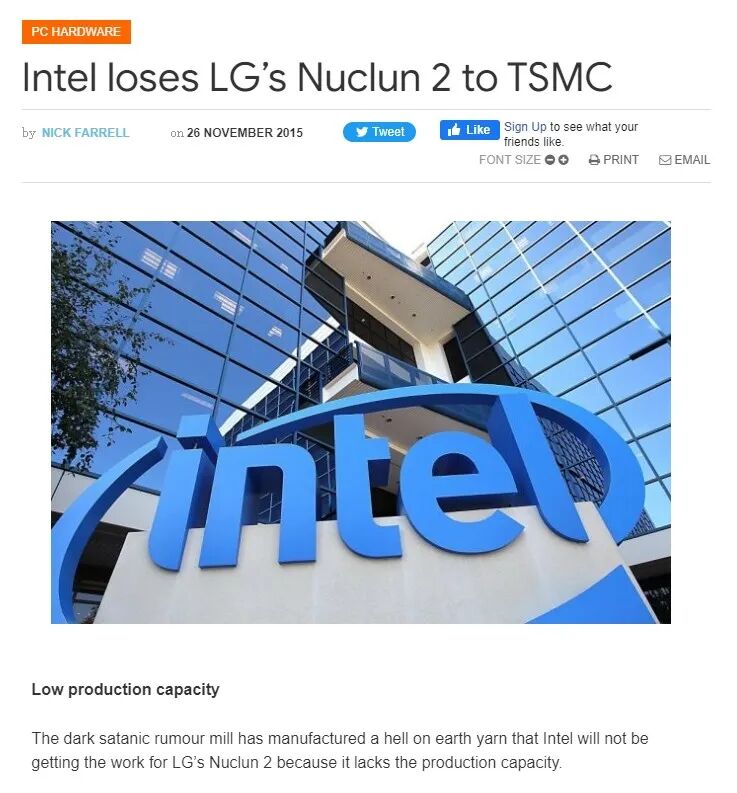
Then, in mid-2016, the performance scores of LG NUCLUN 2 were leaked online, and the performance was disappointing. Its Geekbench single-core score was 1302, and multi-core score was 3278, only comparable to Qualcomm’s mid-range processor Snapdragon 625.
Another surprising point was that earlier rumors suggested NUCLUN 2 would use an octa-core processor, but the scores showed this processor only had six cores.
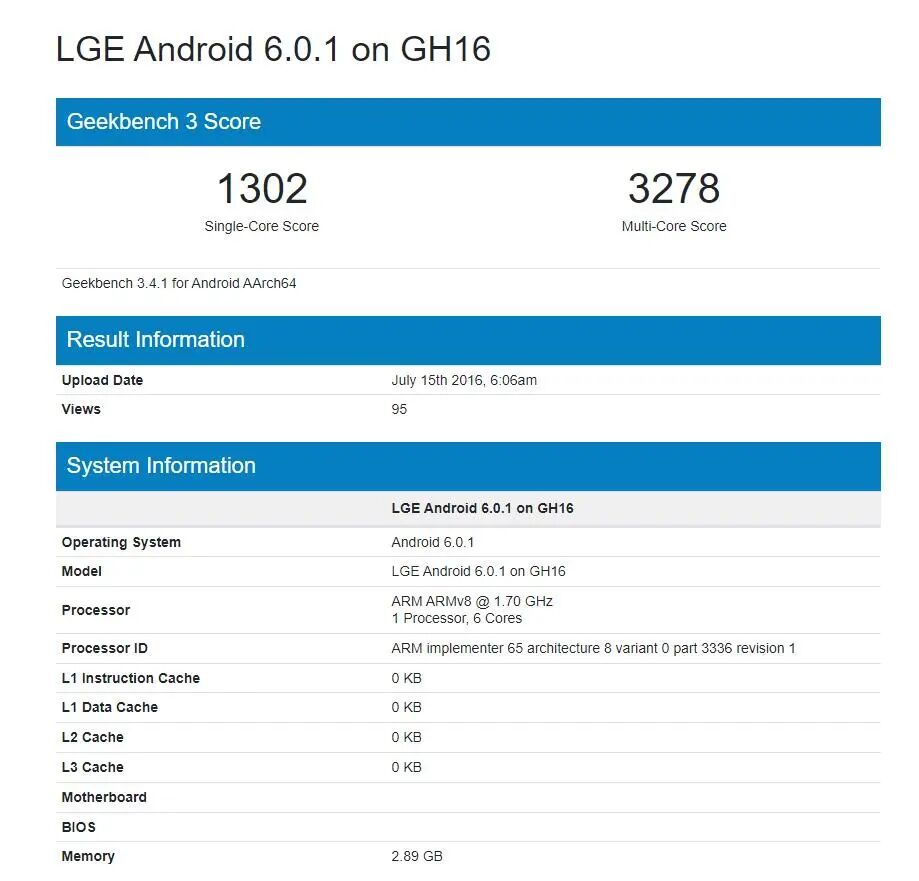
At least, the chip was made, and the next logical step should have been its release, right?
Unfortunately, that did not happen. In September 2016, the LG V20 was released without using the self-developed chip, instead opting for the last train of Snapdragon 820. Perhaps LG realized that such an immature chip on a flagship phone could lead to disastrous consequences.
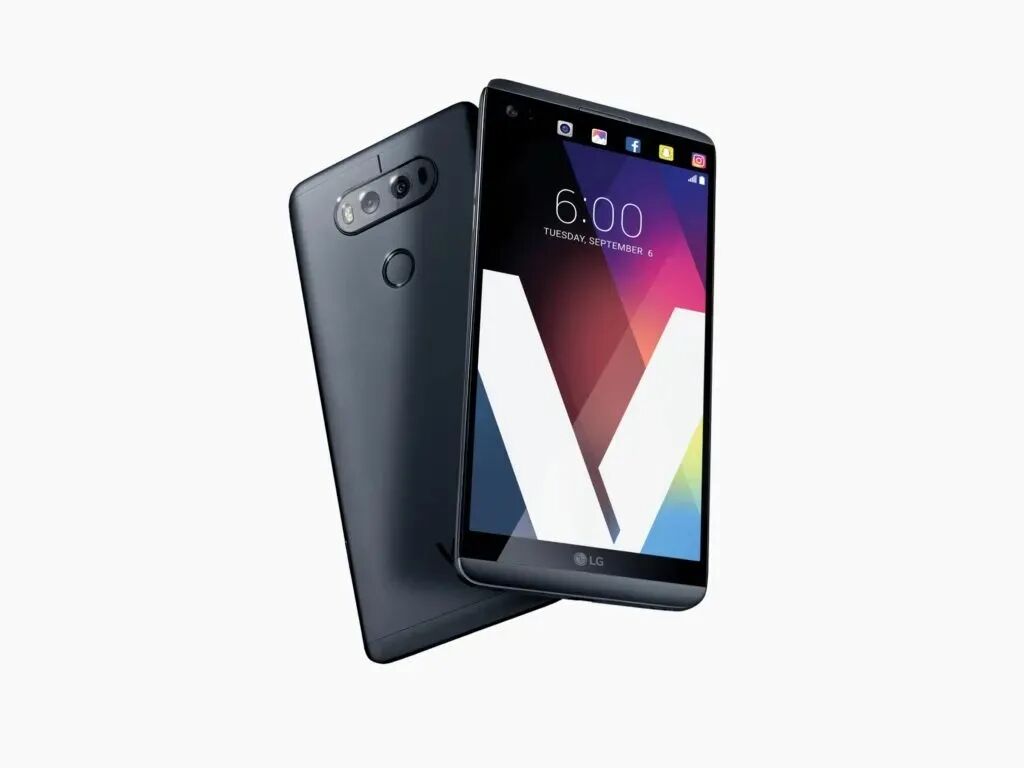
After falling twice, LG still seemed unwilling to give up, preparing to make a big move to directly challenge the current flagship chips.
Before and after the release of the LG V20, new leaks indicated that LG’s future NUCLUN chips would adopt Intel’s 10nm process technology, featuring the latest A75 and A55 CPU cores. It is worth noting that Qualcomm’s next-generation flagship Snapdragon 835 was preparing to use Samsung’s 10nm process, but Intel’s 10nm process was more advanced, with density comparable to TSMC and Samsung’s 7nm processes.
However, this time, Intel “ghosted” LG, and also “ghosted” itself. Due to difficulties in manufacturing, Intel’s 10nm process was continuously delayed.
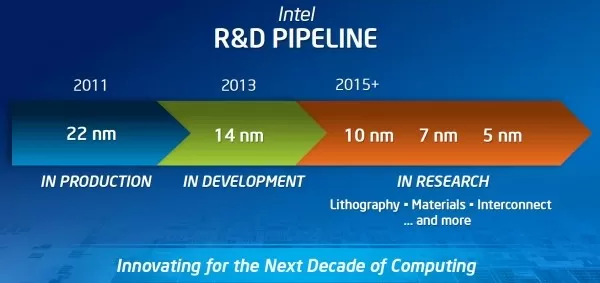
The Intel 10nm process, originally planned to debut in 2015, was first delayed to 2019, then postponed again to the end of 2021—now with the 12th generation Core. During this period, Intel did launch the first generation of 10nm processors, the i3-8121U, but its performance was poor, forcing the postponement of the 10nm plans.
In the midst of these delays, the third generation NUCLUN sank without a trace.
Thus, LG’s failure in self-developed chips can be attributed to Intel, or rather, it can be blamed on Intel? From a hindsight perspective, aside from the external conditions posed by Intel, some internal factors within LG cannot be ignored.
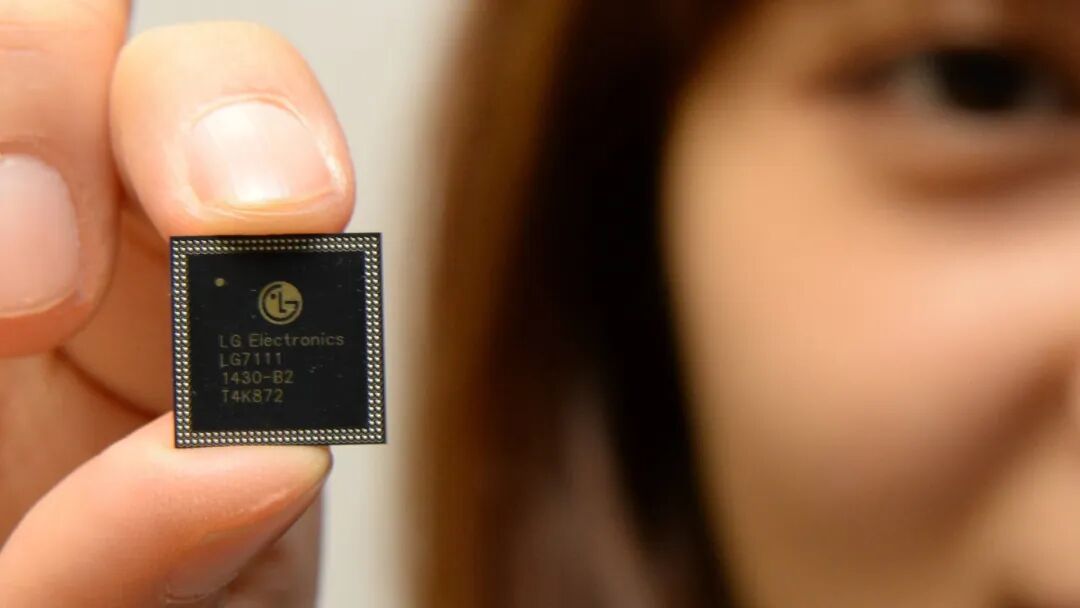
First, LG started late in the chip field, with a significant technological gap. Samsung began making smartphone processors in the early 2000s, while Qualcomm and Huawei also started in the 2000s. Apple, slightly later, debuted its self-developed chip with the iPhone 4 in 2010, but its talent base came from two established chip companies, PA Semi and Intrinsity. It can be said that LG lagged far behind in terms of technology, talent, and patent accumulation for self-developed chips.
Secondly, LG was not fully committed to chip development. Samsung’s Exynos chips, Huawei’s HiSilicon and Kirin chips all rely on long-term, sustained R&D investment, which is then fed back into R&D through market sales. LG’s self-developed chips have only appeared in one mass-produced model, remaining uncompetitive.
In comparison, Huawei’s Kirin 920 series chips from 2014 were relatively close in performance to LG’s first-generation NUCLUN. However, Huawei managed to catch up and even surpass Qualcomm through continuous design improvements. If it weren’t for sanctions, Huawei’s smartphones and Kirin chips could have made a significant impact.
In contrast, LG’s uncompetitive self-developed chips, like its smartphone business, ended without a trace, leaving only a sigh.
 Soundcore Space Q45 Early Review
Soundcore Space Q45 Early Review
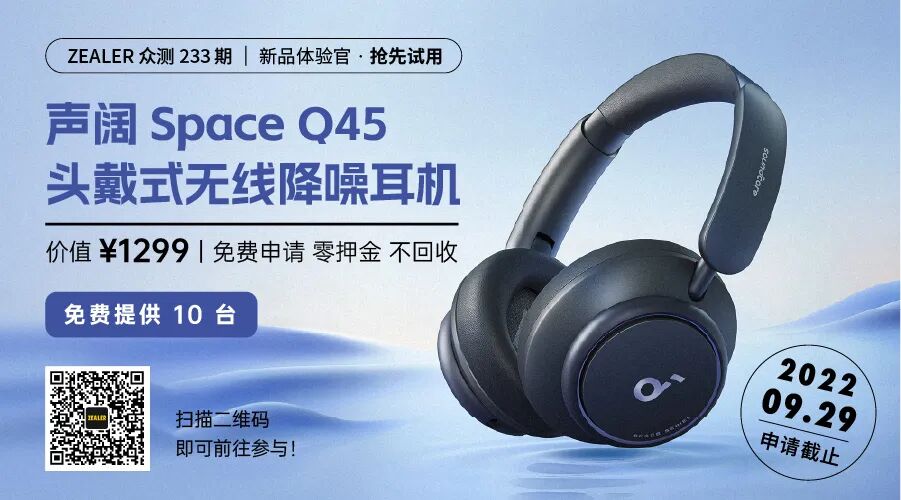
Have you experienced the best noise-canceling headphones in the thousand-yuan range? The Soundcore Space Q45 over-ear wireless noise-canceling headphones are now available for ZEALER testing! With industry-first automotive-grade acoustics, a triple dynamic noise-canceling system, and dynamic adaptive noise-canceling algorithms, they layer dynamic isolation across the full frequency range, boasting the industry’s strongest 65-hour ultra-long battery life, enough to fly around the Earth without running out of power… Scan the QR code above or click the left corner “Read the original text” to participate.

“Popular Recommendations”




